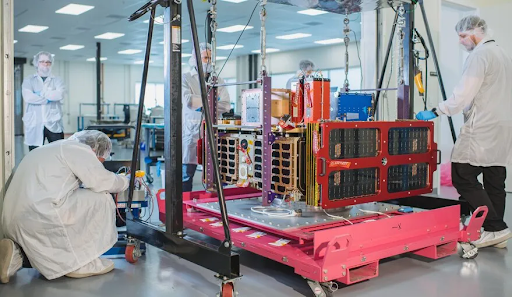The Ups And Downs of Xenotransplantation
Xenotransplantation has the potential to save humans; however, there are risks involved.

Using animal tissue for human needs is increasingly common.
October 19, 2022
The transplantation of organs, cells, or tissues from an animal to humans is known as xenotransplantation, explains Health Matters. Although it was experimented with in the early 1900s, the first successful transplantation took place in 1964, making it a relatively new concept. Xenotransplantation can result in numerous health benefits, though there are also drawbacks.
Connectus Fund explains that, even though it is still a work in progress, xenotransplantation has the potential to save lives and lengthen human lifespans. People have frequently passed away while awaiting an organ transplant, when their lives may have been extended by using animal organs. The source also says that xenotransplantation has the ability to create new opportunities for the field of disease treatment. Another advantage is that doctors might be able to treat conditions like diabetes and Parkinson’s if they can swap out unhealthy human cells for healthy animal ones, states BioTech Health.
Pros and Cons explains that xenotransplantation also has many disadvantages and dangers to it. Concerns about the safety of using animal organs on humans and the risk of animal-borne infections exist. The source also explains that the use of animal organs and tissue can make people more susceptible to cancer and recent outbreaks of epidemics. The National Center for Biotechnology Information also says that animals used for xenotransplantation will be housed in inhumane conditions that don’t fit with their natural habitats.
Surgical techniques are constantly improving, and this current concept is innovative, but risky. While xenotransplantation may be able to save the lives of people who require organs, it would also be risky and harmful to animals. Nonetheless, medical professionals will work to perfect it, and eventually use it in the future.








